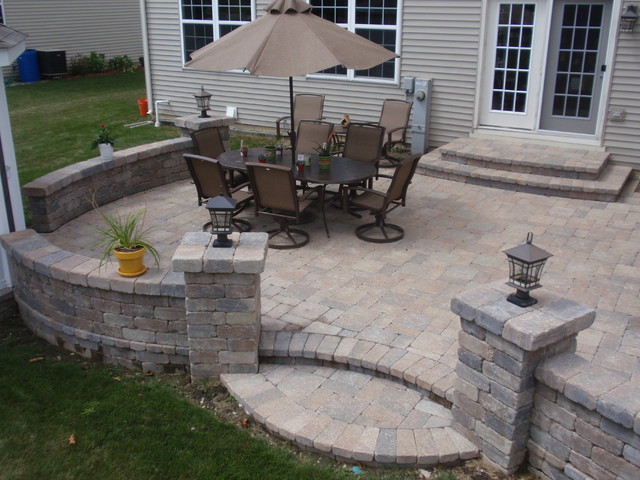Why You Should Focus on Improving Best Montclair painters
Hardscape 101: Design Guides
If you're developing a new outdoor area (or upgrading the hardscape you already have), we'll assist direct you, from beginning to end.
Start by dreaming big-- you can rein in your wildest concepts later, if requirement be. Make a list (even if it's a mile long) of whatever you desire in your landscape: deck, outdoor patio, swimming pool, outdoor cooking area, edible garden, outdoor shower. Then utilize our Design Guides to help you separate the musts from the maybes.
Pore over our Hardscape 101 design guides to see thousands of images of garden spaces to discover what you like, with an eye to design, colors, products, and furnishings. You'll see certain themes emerge-- and then you'll be ready to set a budget plan.
Where to spend lavishly and where to conserve? Some things worth spending on: a master strategy, masonry to give your garden excellent bones, quality materials to stand up to the elements, personal privacy, and workmanship. Ways to conserve: usage gravel instead of pavers on courses, recycle existing materials (bricks, stone, pickets), purchaser smaller plants, and utilize mix-and-match furniture.
Small details can have big effect in a landscape. Make certain hardscape products-- stone, pavers, concrete, gravel, wood, paint, hardware-- all work together, and also match your home's architectural style.
In our Hardscape 101 design guides, it's our mission to demystify garden style. And keep in mind: it doesn't matter if you're a first timer or a master gardener: you can do this.

Hardscaping 101: Decks & Patios
Consider a deck or outdoor patio as an instant extra room. Nothing will broaden your living space faster.
The difference in between a deck and a patio? A patio is developed at ground level, on a flat surface, and usually is built of a "irreversible" material such as stone pavers, brick, or put concrete. Montclair hardscape examples A deck floats in the air, supported by footings, at a height of anywhere from a few inches to numerous feet and can be built on an existing slope.
Deck frames typically are built of wood or steel supports. Deck flooring options include natural wood, composite products, bamboo, and pressure-treated lumber. For an introduction on choices (and their expenses) see Everything You Required to Understand About Decking Materials.
For more pros and cons, read our Hardscaping 101 guides on bluestone, brick, wood deck tiles, stone deck tiles, decayed granite, and concrete (pre-cast and poured-in-place) to identify which decking product or pavers to utilize for your deck or patio area.
Hardscaping 101: Driveways
Driveways often get taken for given. They deserve much better. When it pertains to producing curb appeal, the entry road that links a home to the public road is frequently a home's most popular hardscape feature.
" An attractive driveway will increase resale worth if a https://montclairroofingcontracting.com homeowner ever wants to offer-- and in the meantime will welcome you house every day," writes our factor Kier Holmes.
Are you developing a new driveway? Step one: Style and function ought to wed. To set out a driveway, start by studying the shape and shape of the land. How huge is your residential or commercial property? Are there dips and slopes to navigate in between the public roadway and your house? Consider the number of parked automobiles you will want a driveway to accommodate and whether you will require to allocate square footage for a garage.
Your driveway's design will depend on its size, shape, and the product you utilize to pave it. If you reside on a hectic street, https://www.washingtonpost.com/newssearch/?query=Montclair Hardscaping think about a horseshoe driveway to make it easier to take out into traffic. If your house is set back from the road, consider a curving driveway to develop a country-lane impact. On a smaller sized lot, a simple, straight driveway sited on the edge of the property might be the best choice.
The product you choose to emerge a driveway should complement the architectural style of the house. Pavers, gravel, turf block pavers, asphalt, and poured-in-place concrete are all typical choices. Which is the very best option for your climate and terrain? Keep reading:
